Article by Tahío Avila – We explore the growing trend of green roofs, focusing on the extensive green roof and looking at 10 plants that work well in this situation. Green roofs are a big and relatively new interest for modern architecture and landscape. But they are really not that new — they have enhanced homes and buildings since prehistory. In the beginning, green roofs were known as sod roofs and were found most often in the Scandinavian Peninsula. Their purpose was practically the same as today: Besides holding the birch bark (which was the main material in green roofs at that time) in place and helping to compress the logs with the roof weight, they also offered waterproofing and insulation for the cold weather.
Today, we have all kinds of systems to build green roofs, but Extensive Green Roofs are quite convenient to have. They are composed of thin or low-lying layers of rainwater absorption, insulation systems, and vegetation, with the fundamental function of filtering water and cleaning the air. These roofs have a depth of 5 cm (2 inches) to 15 cm (6 inches) and require minimal maintenance. Because extensive roofs are lighter than other green roofs, they require a specific type of vegetation.Plants for an Extensive Green Roof
Here is a list of 10 of the best plants – in various categories – that you can use: Succulents These are exceptional plants to consider, and they are used to cover an important area of green roofs. Small succulents are low-maintenance plants; they grow with little soil and practically no water. Let’s call them “self-dependent” plants. There are a lot of colorful species that can add a different touch and contrast to the roof design. 1. Sedum sarmentosum This is a clear-green species known as “gold moss stonecrop”. It’s an evergreen plant used as groundcover that can persist for decades. It can add a nice touch of color around dark green plants or under round-shaped leaves. It has a yellow inflorescence during summer.

Sedum sarmentosum. Photo credit: 영철 이 via Flickr. Licensed under CC 2.0
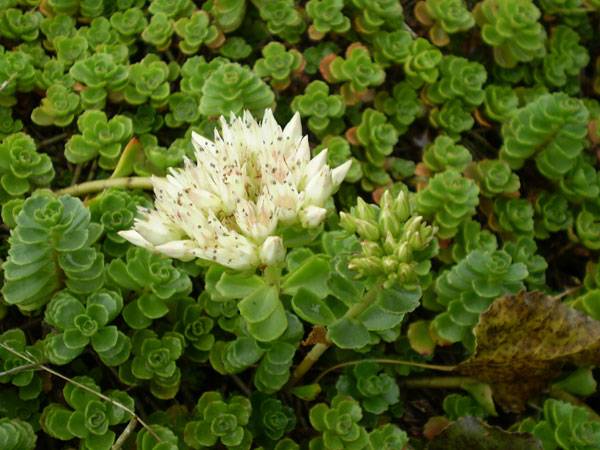
Sedum spurium. Photo credit: By Rob Hille – Own work, Public Domain
3. Sempervivum
This is a succulent perennial plant with about 40 species, commonly known as “houseleek” or “hens and chicks”. As the name indicates, they can live a long time and don’t need any special care. They grow well in cold areas and need full sun exposition. The leaves form a rosette shape, and the plants have a good range of colors. In good conditions, they can spread quickly.
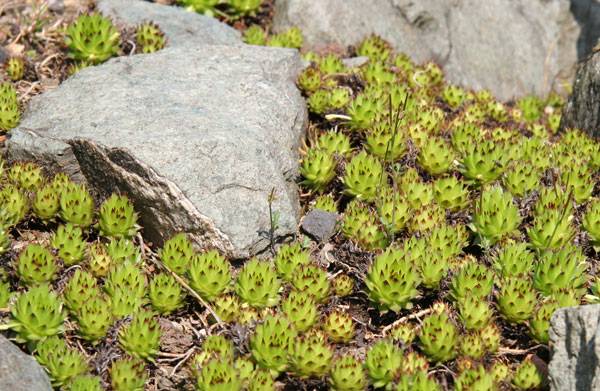
Sempervivum macedonicum. Photo credit: By Michael Wolf – Own work, CC BY-SA 3.0
Grasses
Grasses can be tricky, but there are some species that have what it takes to be used and defy the conditions of a green roof. Grasses, or “grass-like” plants, can also be used to cover big areas and, combined with succulents, they form a nice contrast of color, height, and texture. These plants will refill the roof garden by themselves, and their roots
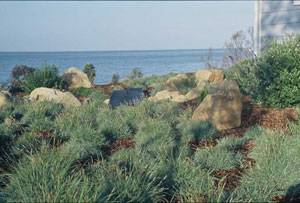
Carex glauca in Santa Barbara. Photo credit: Susan Harris, via Flickr. Licensed under CC 2.0
4. Carex flacca or Carex glauca
Also known as blue sedge, this is a nice, solid choice for a roof. It can grow in several ranges of soils and climates and is considered an ornamental plant. It has a “ball” shape and its leaves are blue. This plant will definitely stand out around other plants’ colors and doesn’t need particular maintenance.
5. Carex elata “Aurea”
Commonly known as “bowles’ golden sedge”, it’s a yellow foliage sedge that grows in moist to wet soil, so it is a convenient plant for zones with a lot of humidity or rainy seasons. It will add brightness to the roof and doesn’t need particular maintenance.
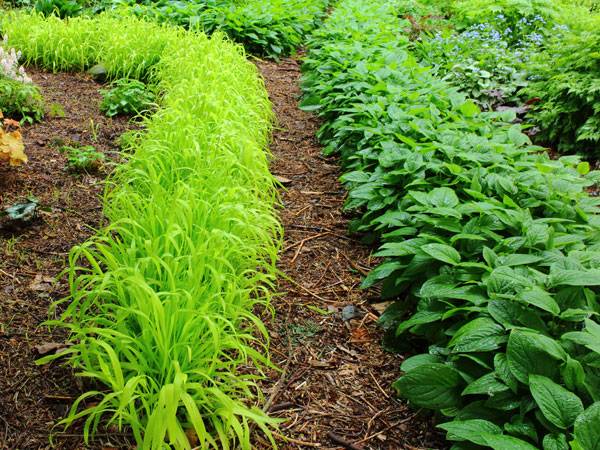
Carex elata ‘Aurea. Photo credit: By Dominicus Johannes Bergsma – Own work, CC BY-SA 3.0
Groundcovers
Groundcovers are plants with significant horizontal growth that can cover generous areas of soil. That’s why they work particularly well on green roofs; any plant with these characteristics can be a groundcover, including sedums, aromatic herbs, etc. Because they grow quickly, they limit the spread and germination of weeds.
6. Delosperma cooperi
This is a perennial groundcover/falling plant that reaches 10 to 15 cm tall. The most interesting part of the plant is the inflorescence that starts in late spring and lasts until early autumn; its flowers go from pink to purple to orange. It is a full-sun plant, but it can also tolerate a few hours of shade a day.

Delosperma cooperi. Photo credit: By © William Crochot / Wikimedia Commons /, CC BY-SA 4.0
7. Ophiopogon japonicus
Yes, it is a grass-shaped plant, but in reality, this is a flowering plant that is part of the Asparagaceae family. A small Japanese plant also known as “mondo grass”, it reaches about 10 cm in height and can grow in full shade or in partly sunny areas. It does grow slowly, but on the other hand, it’s a nice evergreen that will provide color to the roof until late winter. It needs moist to wet soil, and you can find a nice variety of colors, such as yellow-green and dark blue leaves.
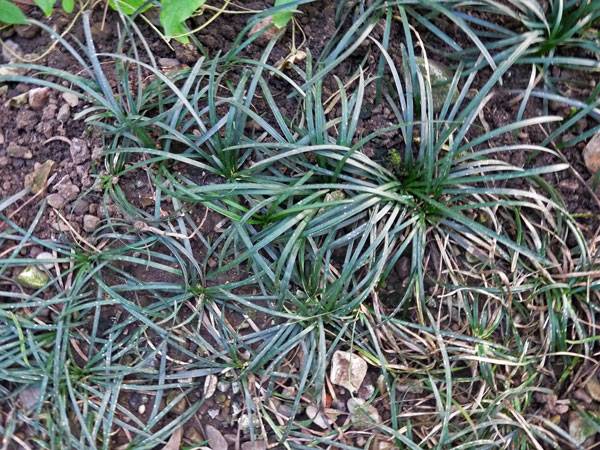
Ophiopogon japonicus. Photo credit: By James Steakley – Own work, CC BY-SA 3.0
Aromatic Herbs
Besides being tasty, another quality of aromatic herbs is their capacity to grow in dry and rocky places, making them perfect for use in a green roof. Not all of them grow in restricted soil (like the soil used in extensive green roofs), but there are some low-growing, wide-spreading species that will fit perfectly and make your roof look and smell nice. The following species grow in average dry to well-drained soils in full sun areas:
8. Thymus vulgaris
Also called common thyme, this is a small evergreen shrub (15 to 30 cm tall) with gray-green, aromatic leaves. It has pink-purple flowers in early summer, and grows as a groundcover plant that can be organized as flowerbeds around the roof.
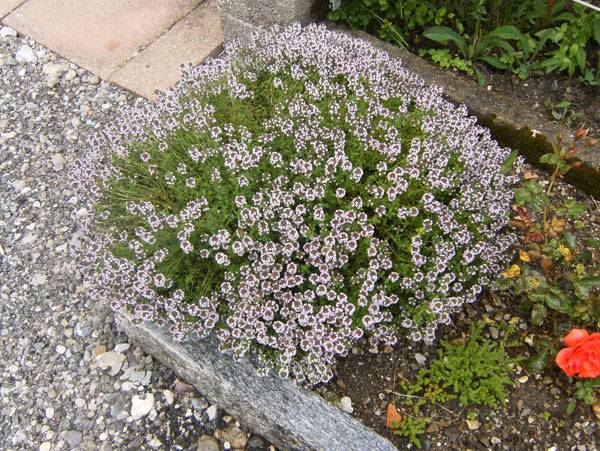
Thymus vulgaris. Photo credit: By Chris.urs-o – Own work, CC BY-SA 3.0
9. Thymus serpyllum “Minimus”
This is a particularly small evergreen thyme that reaches 7 to 10 cm tall as a mature plant. It can be used as a groundcover, and it’s compact and perfect to use alongside other thyme species to create a nice contrast of height and color. It has gray-green leaves and clear pink flowers in early summer.
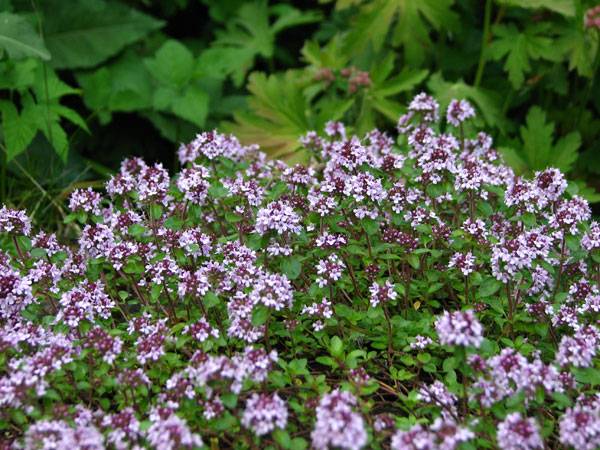
Thymus serpyllum. Photo credit: By Kor!An (Андрей Корзун) – Own work, CC BY-SA 3.0
10. Origanum vulgare hirtum
In general, common oregano is very adaptable to green roofs, but O.v. hirtum is a small species called “Greek oregano”. It grows 10 to 20 cm tall and could be used as a groundcover in extensive green roofs. It blooms in summer with little white flowers, perfect to harvest and use in the kitchen.
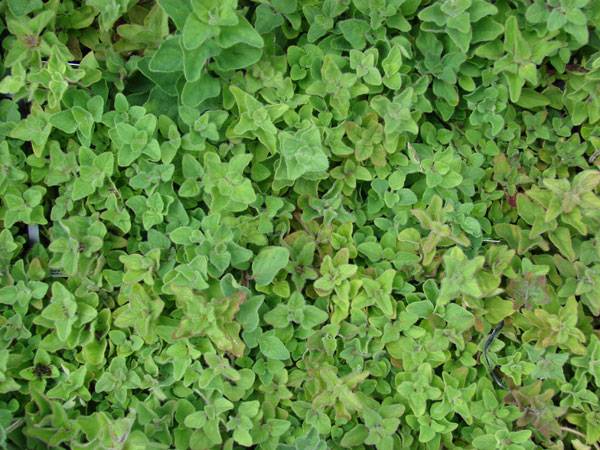
Origanum vulgare. Photo credit: By Forest & Kim Starr, CC BY 3.0
A Summary of Plants for an Extensive Green Roof
To sum up, plants for green roofs should bring a lot of benefits, such as low maintenance, low irrigation (in some cases), fast growth and ease of replacement. Depending on how much attention clients or yourself want to give to the roof, there will always be a selection of annual plants that will fit perfectly in the roof design. Are you familiar with extensive green roofs? Tell us which plants you like.
Recommended Reading:
- Becoming an Urban Planner: A Guide to Careers in Planning and Urban Design by Michael Bayer
- Sustainable Urbanism: Urban Design With Nature by Douglas Farrs
Article by Tahío Avila
Published in Blog

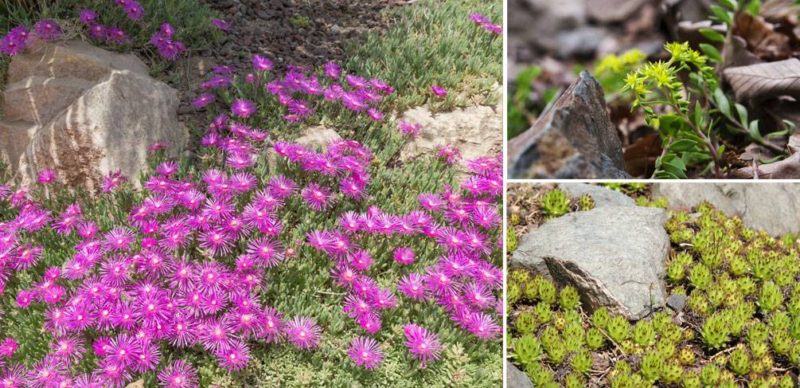
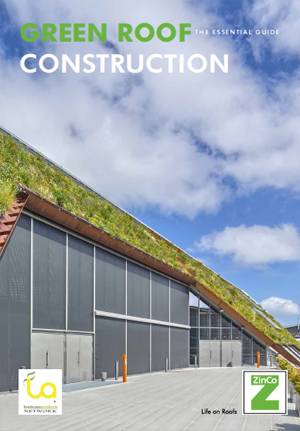
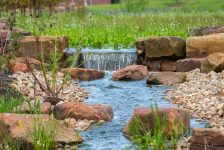

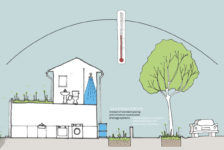


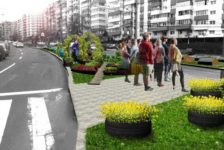

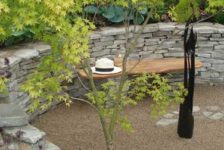
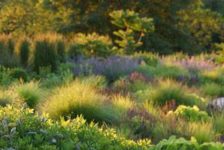
Pingback: Everything You Need to Know About Flat Roofs: Types, Cost, & More | 970 Services
Pingback: What Is A Flat Roof Called - RoofingProClub.com